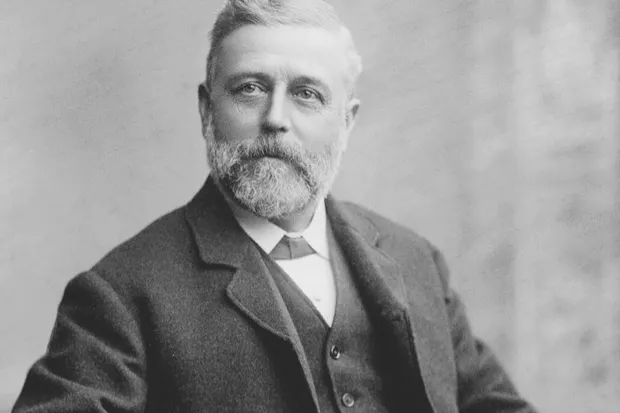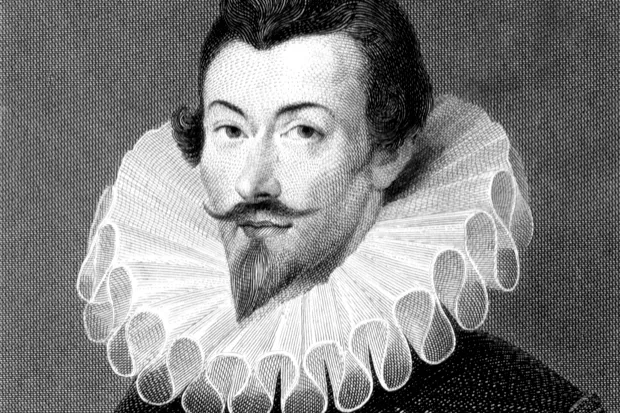The invention of what is often rated as one of the most important contributions to human health is often attributed to a Victorian plumber named Thomas Crapper.
Crapper certainly existed, and he was an innovator, patenting the U-bend and floating ballcock – key parts of the modern toilet. Commercially, he also did much to encourage the installation of handbasins alongside toilets. As such, Crapper does have a claim to have invented the lavatory, which is the term for a room combining the two.

But Crapper did not invent the flushing toilet. The basic idea of using water to wash away sewage dates back to the Bronze Age. Around 4,000 years ago, cities in the Indus Valley had sophisticated sanitation – including communal toilets flushed with running water.
Credit for inventing the forerunner of the device we’re familiar with today generally goes to the Elizabethan courtier Sir John Harington in 1596. Known as a water closet, it was installed in Richmond Palace. Yet despite this royal support, the device was long rejected by the public, who saw it as an expensive indulgence.

Subscribe to BBC Focus magazine for fascinating new Q&As every month and follow @sciencefocusQA on Twitter for your daily dose of fun facts.